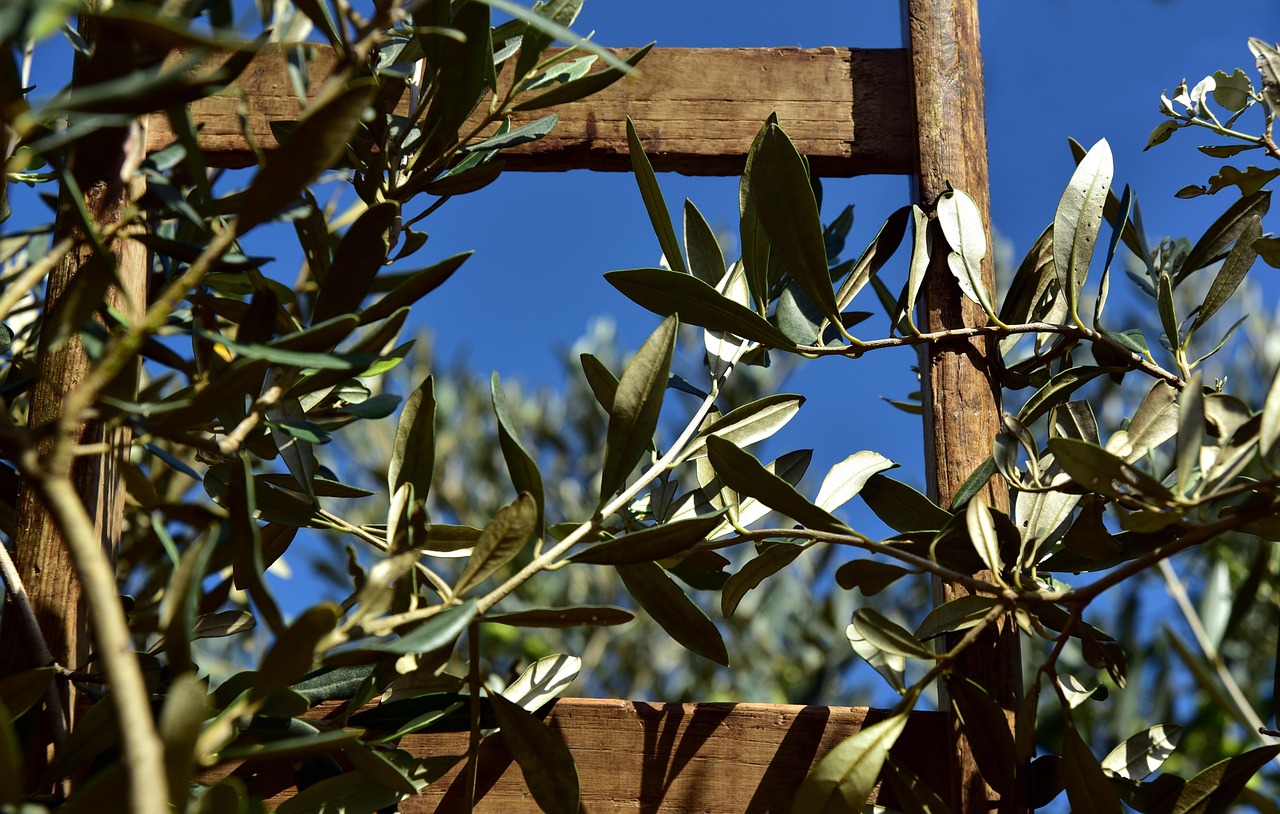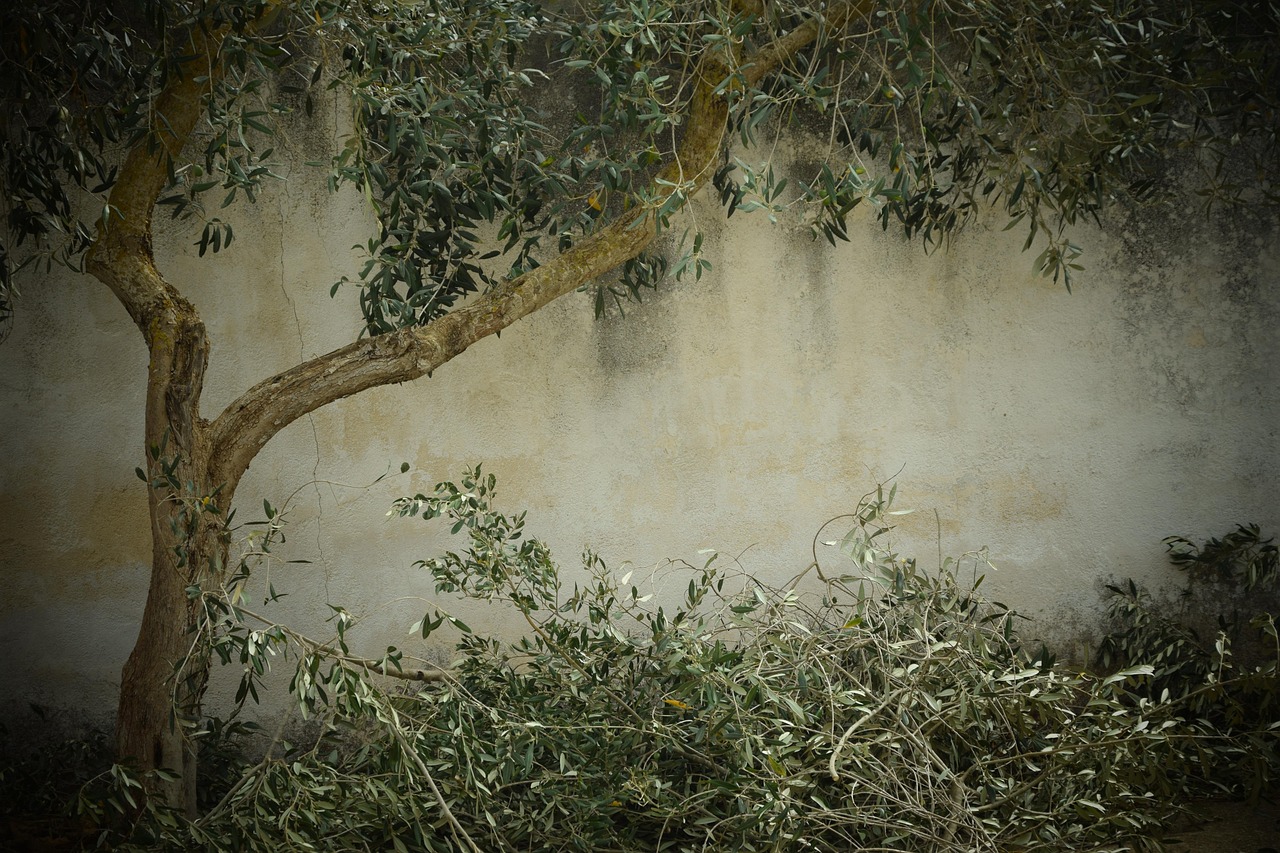Proper pruning is crucial for maintaining healthy olive trees and maximizing fruit production. Timing, technique, and post-pruning care directly impact tree health and yield. This guide provides practical tips and best practices to help you prune effectively, ensuring your olive trees thrive and produce high-quality olives season after season.
I always get excited when I think about how these trees, celebrated for their lush foliage and juicy olives, have been cultivated in the Mediterranean for thousands of years. From my experience, well-pruned olive trees can produce high-quality olives season after season. I’ve found that with the right approach, these trees can thrive across generations, which makes the effort totally worth it.

From my experience, knowing *when* and *how* to prune can make a huge difference. I always remind myself that pruning isn’t just about cutting away dead wood; it’s about shaping the tree so that it can grow better and healthier. I’ve learned the hard way that neglecting this step can lead to overcrowding, which blocks sunlight and air—both crucial for healthy fruit production. Regular pruning helps keep everything balanced and prevents pests and diseases from taking hold.
The Importance of Pruning Olive Trees
I always emphasize to fellow growers that pruning has many benefits. For me, it’s all about promoting vigorous growth—removing the sickly or dead branches makes space for new, strong growth. I’ve seen firsthand how pruning improves air circulation and sunlight chances, helping prevent those stubborn fungal infections that used to ruin my harvest. Plus, it keeps the tree at a manageable size, making harvesting a lot easier. Honestly, a well-shaped tree just looks so much better too!
When I leave dense, overgrown trees unpruned, it’s like trying to grow olives in a crowded room—you get less fruit, and the tree doesn’t flourish. Pruning has become part of my yearly orchard routine to keep things flowing nicely.

Pro-Tips
When I first started pruning my olive trees, I underestimated how important timing and technique would be. I remember trying to rush through a prune in the middle of summer, only to see my tree stress out and produce fewer olives the following season. Now, I always plan my pruning during late winter or immediately after harvest—that way, the tree has time to recover and put energy into new growth.
I used to think that removing as much as possible would help the tree, but I soon realized that over-pruning can actually set back its health. Now, I prune gradually, never removing more than 30% of the canopy at once. This keeps the tree balanced and reduces stress.
When I began using dull tools, I noticed more tears in the branches and a higher risk of infection. So, I make it a habit to keep my shears and saws sharp and disinfected. It sounds simple, but it makes a big difference in how clean my cuts are and how quickly the tree heals.
At first, I wasn’t paying enough attention to the structure of my trees, which led to uneven growth and difficulty harvesting. Now, I plan my cuts carefully to maintain a good shape, ensuring good airflow and sunlight penetration. This not only boosts fruit quality but also makes future pruning easier.
I used to neglect the importance of post-pruning care, like mulching and monitoring for pests. Since incorporating regular watering, mulch, and early pest detection, my trees recover faster and stay healthier over the long term. A little extra attention after pruning truly pays off.
Finally, I remind myself that every olive variety reacts differently to pruning. What works for Arbequina might not suit Kalamata. Adjusting my approach for each type has helped me improve yields and maintain healthy, productive trees.
When’s the Best Time to Prune?
Based on my experience, timing is everything. The most effective times to prune are:
- Late Winter to Early Spring: I find this is perfect because the tree recovers fast before the new growth kicks in.
- Post-Harvest: After I collect those delicious olives, I prune to help the tree rejuvenate without causing too much stress.
I’ve learned to avoid pruning in the fall. Trees are gearing up for dormancy then, and I’ve seen that cutting during this time can weaken them. It’s also wise to consider your local climate—what works in my Mediterranean climate might differ elsewhere.
How I Prune Olive Trees—Techniques I Use
From my own hands-on experience, I stick to a few tried-and-true techniques:

- Thinning: I always remove entire branches that are crossing or crowded, giving the tree better airflow and sunlight. This reduces disease risk and keeps the canopy open.
- Heading Back: I shorten the longer branches to encourage bushier growth and shoot development for future fruiting.
- Cleaning: Dead, damaged, or diseased branches come off first. I’ve learned that keeping the tree clean helps prevent pest infestations and disease spread.
I always use sharp, clean tools—nothing ruins a good cut like dull blades. I keep my shears and saws sanitized to avoid infecting the healthy parts of the tree. Trust me, that’s a small effort for a big health boost!

Tools I Always Keep Handy
Having the right tools makes all the difference. Here’s what I always keep in my pruning kit:
| Tool | Description |
|---|---|
| Hand Pruners | Perfect for delicate cuts on small branches. |
| Loppers | Great for larger branches that require more leverage. |
| Saw | A sturdy pruning saw for thick, tough limbs. |
| Gloves | I always wear these—they protect my hands from scratches and cuts, especially when working with thorny branches. |
Before I get started, I make sure all my tools are sharp and disinfected. It’s a small step that keeps my trees healthy and my safety intact. Trust me, a little prep goes a long way!
My Final Tips for Pruning Success
From my years of tending olive trees, I’ve learned that understanding their growth habits helps a lot. Here’s what I always keep in mind:
- Regularly assess your tree—look for signs of stress or disease before you start.
- Timing matters: avoid pruning when the weather is too cold or too hot.
- Use proper techniques: don’t over-prune, and always make clean cuts.
- Maintain healthy soil by adding compost or mulch; it supports strong recovery after pruning.
- Post-pruning, keep a close eye on pests and diseases—it’s easier to catch problems early.
And don’t forget—weather plays a role. I always try to prune during dry, mild days. Wet or very hot days can stress the tree or encourage disease. Also, a good layer of mulch around the base helps conserve moisture and protect the roots after a cut.
Deepening My Understanding of Olive Growth
Over the years, I’ve come to realize that understanding *how* olive trees grow helps me prune smarter. They go through stages—young saplings focus on roots, juveniles start producing fruit, and mature trees need regular shaping. Recognizing which stage my tree is in helps me decide what kind of pruning it needs. It’s like giving each tree a personalized care plan.
Common Mistakes I Watch Out For
- Over-pruning: I once cut back too much in a rush, and honestly, it set the tree back. Now I prune gradually, avoiding removing more than 30% at a time.
- Wrong timing: pruning just before frost or during peak heat can stress the tree unnecessarily. I always wait for the optimal window.
- Unplanned cuts: Without a plan, my trees can look uneven. I always plan my cuts to keep the structure balanced.
By avoiding these pitfalls, I’ve seen my trees stay healthy and productive for many seasons. It’s all about patience, observation, and gentle care.
Adapting Pruning to Olive Varieties
Different types of olives respond uniquely to pruning. When I grow varieties like Arbequina or Manzanilla, I adjust my approach—thinning and heading back for high yield, minimal pruning for Kalamata. Understanding these differences has helped me get better harvests and healthier trees. Tailoring my pruning style to each variety feels like giving them exactly what they need.
The Soil and Environment Connection
I’ve also realized that healthy soil is my secret weapon. Proper drainage, balanced pH, and organic matter make my trees respond better to pruning and recover faster. I always test my soil regularly—don’t forget that your soil could be your best friend or your tree’s biggest obstacle. Keep it in good shape, and your olive trees will thank you.
Post-Pruning Care and Long-Term Health
After I prune, I don’t just walk away. I always mulch around the base, keep an eye out for pests or signs of disease, and water as needed. It’s a continuous process. Sometimes, I add compost feeds during the growing season to boost vigor. Being attentive post-pruning helps my trees bounce back quicker and produce better fruit.
The Bigger Picture: Sustainability & Stewardship
Thinking beyond my own trees, I’ve adopted sustainable practices—like planting different varieties, using integrated pest management, and conserving water with drip irrigation. These habits sustain not just my orchard but the ecosystem around it. It’s fulfilling to know I’m contributing to a healthier environment while enjoying my harvests.
My Wrap-Up
From my personal experience, I’ve found that understanding olive tree growth, timing your pruning right, using the proper tools, and caring diligently afterward all play a part in successful cultivation. Each tree has its own story, and I’ve learned to listen—through the shape of their branches, the health of their leaves, and their resilience after pruning.
Remember, a little patience, attention, and compassion make all the difference. With practice, you’ll see healthier trees, richer harvests, and a deeper connection to your land. Happy pruning—may your olives be plentiful and your trees thrive for many years to come!
